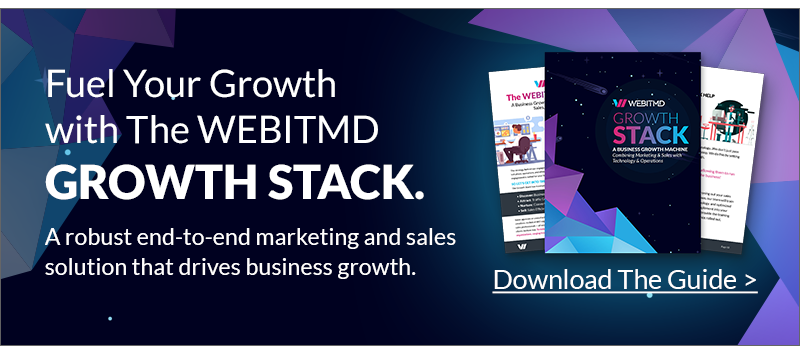Account-based marketing (“ABM”) strategy promises a dynamic ROI. According to Sirius Decisions, the solution is on the agenda for over 70% of B2B marketers. This is a significant jump from 2015, where only 20% of organizations had ABM on the table. Marketing strategists see ABM as a powerful ally in acquiring, retaining, and growing high-end accounts. Read on to discover more about understanding ABM marketing strategy and how to use it.
ABM Marketing Strategy: The Breakdown
ABM is a refined approach to B2B clients. Sales and marketing teams develop and implement best-fit accounts with the intent of converting customers. This is sound in today’s digital world of information overload. Marketers have found themselves battling for potential customers who have access to, well, everything they could possibly want to know. This has companies focused on getting potential converts’ attention through personalization. This means defining how to highlight accounts and keep account and market penetration.
ABM: What to Do
Converting buyers has changed in the “engagement economy” — a world where the world’s connected. In order to adjust, strategies using ABM must consider new, evolving strategies, channels, and technologies that give marketers access to potential converts on new levels. Companies have to manage, among other things, an expanding abundance of information, buyers’ increased expectations, and standing out in the midst of the competition.
An ABM solution serves these goals well, greatly enhancing the possibility of reaching top-tier customers through smart campaigning and engagement. ABM generates higher numbers of leads and conversions, drives attributed revenue, improves marketing ROI, and aligns marketing with sales. It was once expensive and hard to scale ABM initiatives. This was because of the immersive level of customization required. But with today’s advancing technology, ABM is affordable and scaling gets simplified and personalized to a variety of organizations and possible converts.
ABM: The Problem Solver
While broad marketing has its place in B2B, it hasn’t the potential to increase ROI the way a targeted approach can. Here are a few points where ABM marketing strategy changes the game.
- When we prioritize ROI, there are transparent business results. ABM regularly delivers high investment returns on B2B marketing strategy.
- ABM targets high-value accounts. This lets marketers focus resources on marketing programs that are efficient and optimized for unique accounts.
- Through ABM personalization, potential converts are more likely to engage.
- ABM allows easier analysis of campaigns as teams measure a specified set of targets across channels. You get detailed collected data which delivers clear insights.
- ABM is an effective way to get all teams on the same page. It aligns sales and marketing so that both are thinking of accounts, converts, how to optimally target them, get them to the table, and close deals.
Closing Thoughts
Through ABM, teams execute account-based campaigns, design and implement personalized content and messaging, and use evolving technology to manage the changing landscape of conversion. The best aspect of the process is the measurable results that allow real-time adjustment to campaigns. There is certainly more to learn about the advantages of ABM strategy, but the above is a great start!







.jpg)



.jpg)





![5 Reports to Elevate Your HubSpot Sales Dashboard [+ Examples]](https://blog.webitmd.com/hs-fs/hubfs/Imported_Blog_Media/6-winning-examples-of-a-hubspot-sales-dashboard-2.png?width=767&name=6-winning-examples-of-a-hubspot-sales-dashboard-2.png)